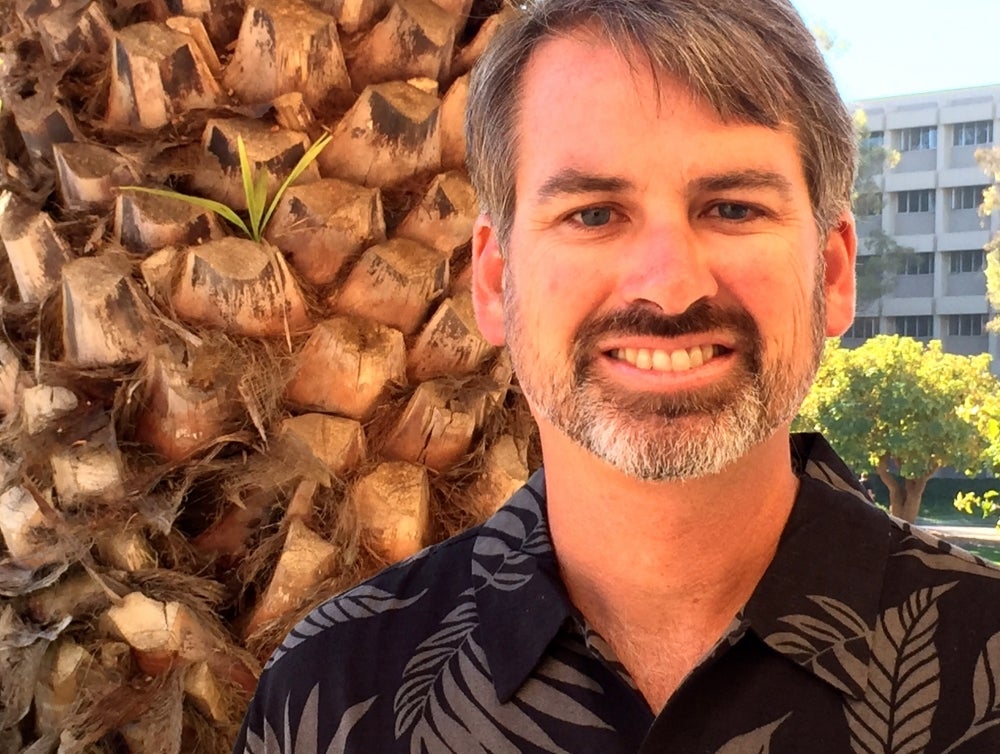
‘Share, Test and Refine’



Working with scientific images is arduous, and no simple platform exists for sharing them. That is all about to change.
UC Santa Barbara engineers and researchers have been awarded a $3.4 million grant from the National Science Foundation’s Office of Advanced Cyberinfrastructure to build a large-scale distributed image-processing infrastructure (LIMPID) through a broad, interdisciplinary collaboration. Encompassing databases, image analysis and various scientific disciplines, their creation, BisQue, is an image informatics platform that makes it easy to share, distribute and collaborate with large image datasets.
“Think of BisQue as Google Docs for scientific images,” said UCSB principal investigator B. S. Manjunath, who directs the campus’s Center for Multimodal Big Data Science and Healthcare. “Imaging data is ubiquitous and much of big-data science is image-centric. Working with such data should be as simple as working with text files in Google Docs.”
BisQue is unique in its ability to handle a wide range of imaging data across diverse scientific applications, ranging from marine and materials science to neuroscience and medical imaging. For example, Manjunath is working with co-PI Tresa Pollock, the Alcoa Distinguished Professor of Materials at UCSB, to integrate algorithms developed specifically for processing materials imaging data into BisQue. Recent advances in materials tomography (cross-sectional imaging) are generating an enormous quantity of imaging data that must be reconstructed, shared with the community and further analyzed.
Explained Pollock, “LIMPID will greatly enhance our ability to work with large material data sets and will leverage advances made in computer vision and machine learning.”
“In marine science, and particularly marine ecology, the technology to capture underwater images is growing exponentially, but most of the imaging data is manually processed,” said co-PI Robert Miller, a research biologist in UCSB’s Marine Science Institute. “In the Santa Barbara Channel Marine Biodiversity Observation Network, which is supported by NASA and the Bureau of Ocean Energy Management, we are developing image-analysis pipelines and models to process underwater imagery and automate the processes of identifying and quantifying marine organisms. LIMPID will expand that work dramatically to the point where UCSB will become the epicenter of image analysis technology for marine science.”
A team at UC Riverside, the home campus of LIMPID collaborator Amit Roy-Chowdhury, will work with neuroscience researchers to analyze large volumes of live imaging data that capture neuronal activities in the Drosophila nervous system. The UCSB scientists also are collaborating with Nirav Merchant of the University of Arizona, where BisQue and the cyberinfrastructure CyVerse will be leveraged to further enable image-based scientific discoveries.
The potential impacts of the project are significant, ranging from wide dissemination of novel computer vision and deep learning methods to development of automatic methods that can leverage data and human feedback from large data sets for software training and validation.
“The main goal of LIMPID is to provide specific user communities — materials science, marine science and neuroscience — with the ability to share, test and refine methods that have common underlying algorithms and procedures,” Merchant said.



